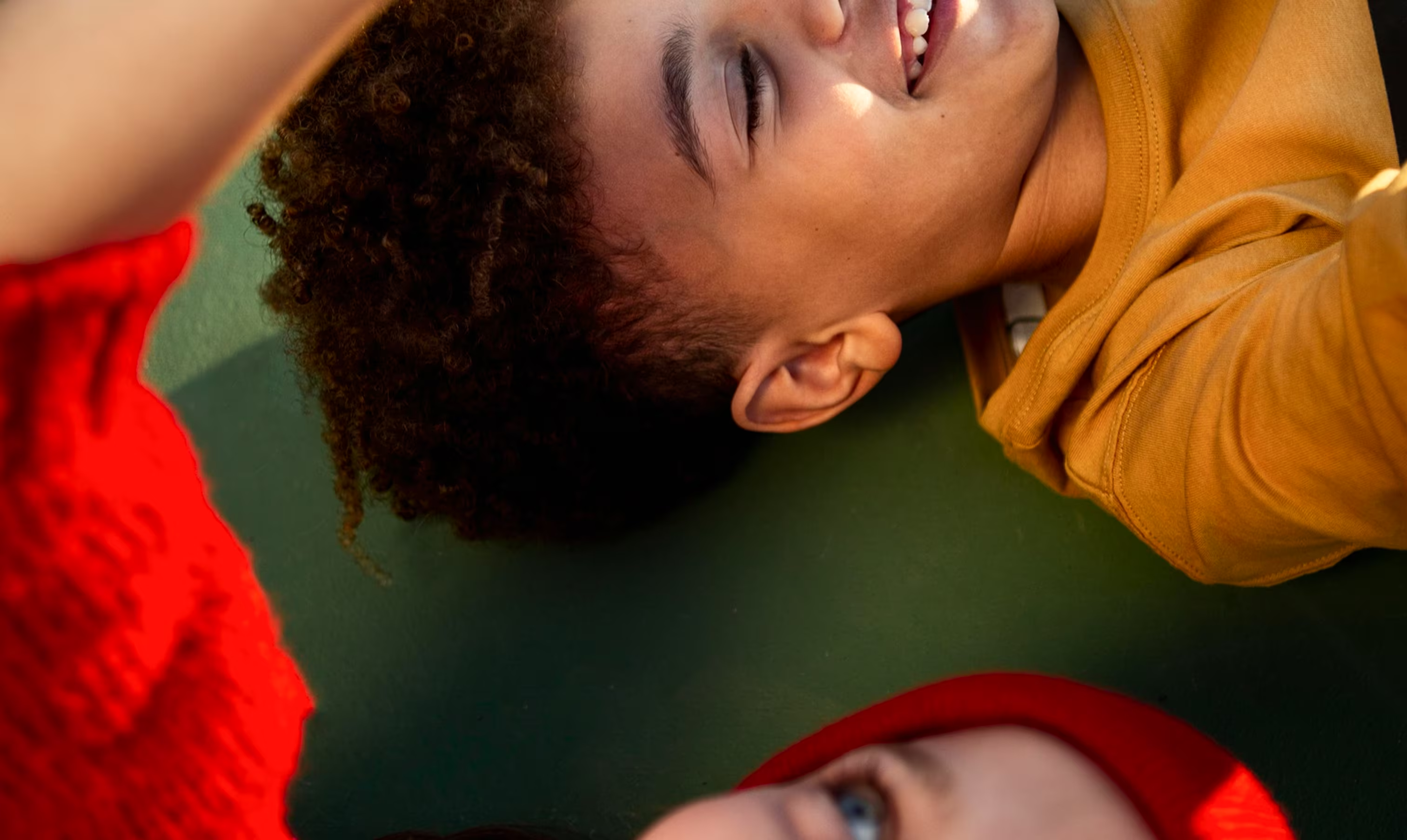How Rising Costs Hurt Kids’ Futures

It’s not your imagination— the cost of everything is going up. A government report issued last week confirms that prices of food, gas, and shelter are more than 6.4 percent higher than they were this time last year. While the annual pace of increase has slowed down from its peak of 9.1 percent last summer, it’s growing more than three times as fast as it was before the pandemic.
The rising cost of food is the biggest challenge, as we can’t do anything else without it. The US Department of Agriculture releases monthly statistics for a family’s cost of food: in January 2020, a “thrifty meal plan” for a family of four with children between the ages of 6-11 cost $646.80. In January 2023, the monthly cost of that same “thrifty meal plan” for that same reference family was $971.20. A staggering 50 percent increase in just three years.
It’s not just government stats. A Kentucky woman tried a revealing cost of living experiment. She went shopping for ingredients to make herself a week’s worth of meals in January 2020. The pinto beans, rice, tortillas, corn meal mix, skim milk, frozen mixed vegetables, chorizo, onions, potatoes, bananas, and half a dozen eggs cost her $10.09 in 2020. When she went back to the same store and bought the same items again in January 2023, the cost had risen to $15.10 — again, 50 percent more.
Of course, it is our children’s food which concerns us the most — both the cost, and the consequences of not having enough food to feed them. Every day, millions of American children go to school hungry, simply because there was not enough food to eat at home. We all know how being hungry makes us feel, but if you’re trying to focus on your studies when the thing you want most is breakfast, your success rate plummets. Studies show that hunger greatly impacts a child’s performance and behavior in school and that hungry children have lower math scores, are more likely to repeat a grade and come to school late, or miss it entirely due to illness.
It’s a global problem. Our partner, Save the Children, reports that one in four of the world’s children is stunted due to malnutrition. Their analyses have found that the cycle of vulnerability due to chronic hunger can lead poorer households and children to pursue dangerous livelihoods, withdraw from school, or encourage early child marriage or harmful child labor. Hungry kids get hurt in more ways than one.
The Comic Relief US Youth Advisory Council launched the Juntanza Fund to help fight hunger by creating a fund to support remedies for hunger and malnutrition for children and youth in the United States and in countries such as Cambodia, Colombia, Kenya, and Somalia. Our initiative to combat child hunger connects to government-supported hunger relief programs and awareness campaigns on food insecurity issues. Ultimately, the aim is to change public policy so that we can find more lasting solutions to the rising cost of food and the hungry kids left in its wake.
We believe that healthy, well-fed children are more than a sound investment in a better future for us all. It’s something we can do today to make life better today for children here and around the world. The future is now.





